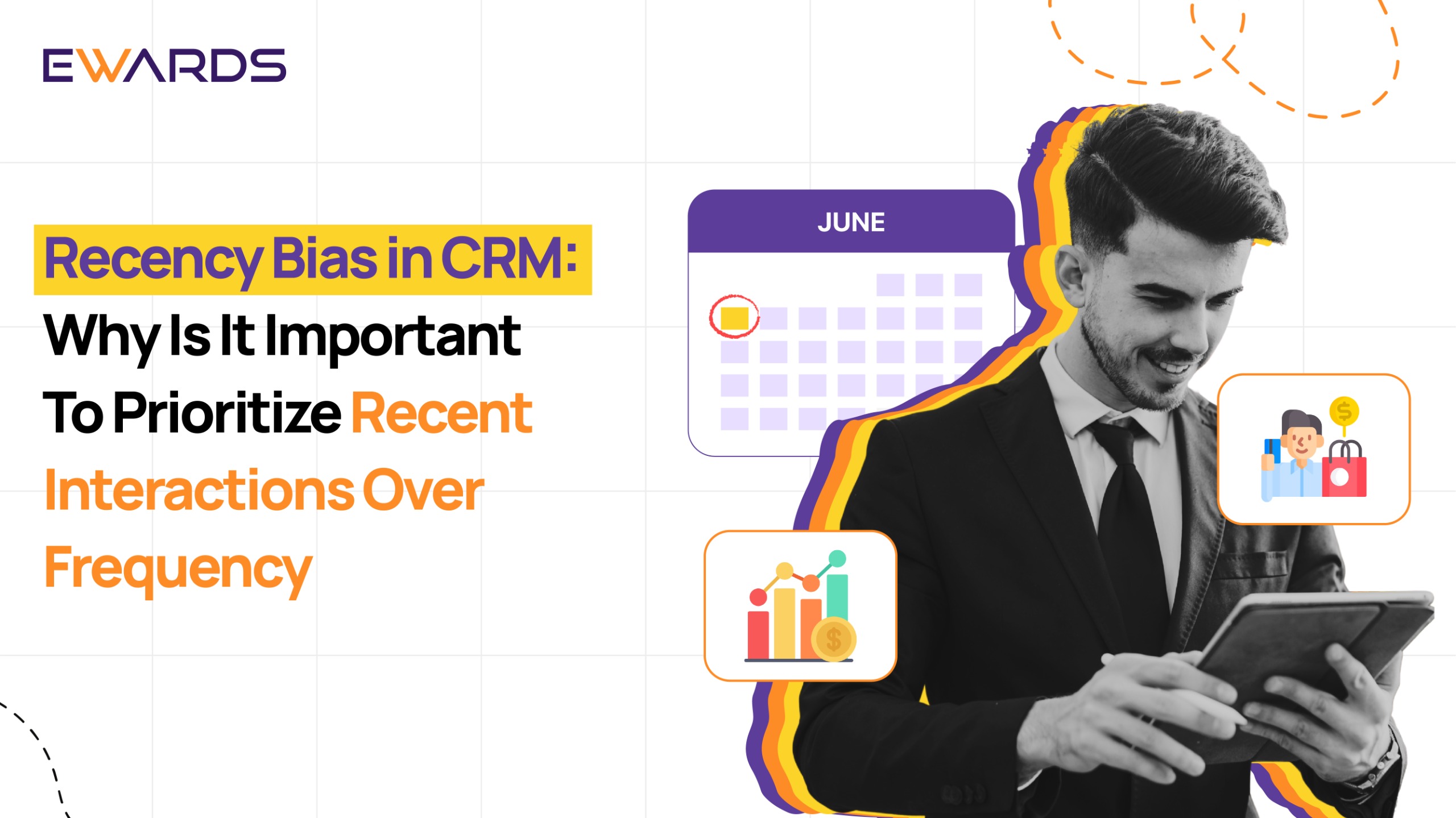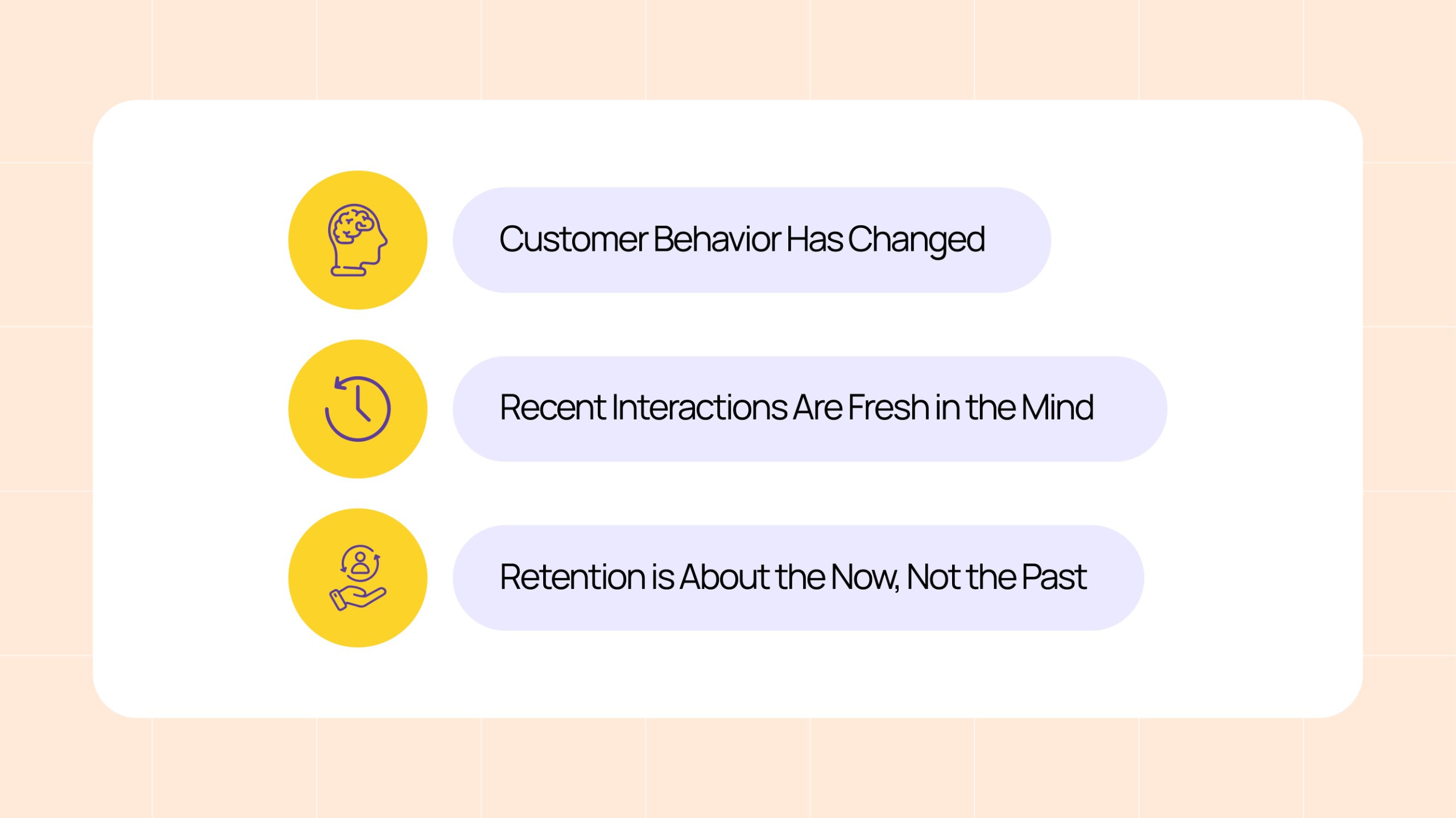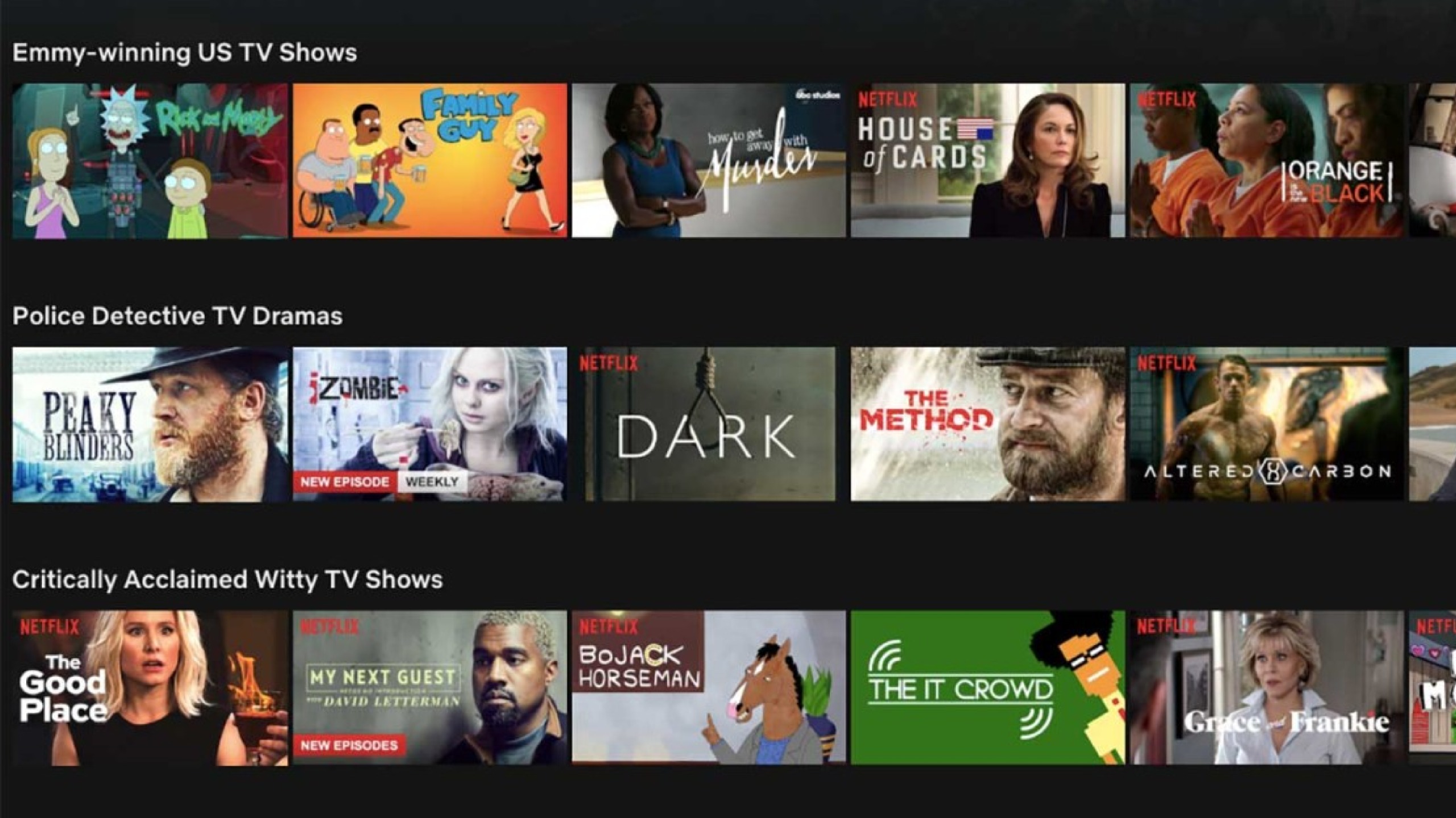
Let’s talk about something that we’ve all experienced: you recently found a new restaurant, had an amazing meal, and now you can’t stop talking about it. Maybe you even posted about it on social media. But if someone asked you about your favorite restaurant from a month ago? You probably wouldn’t remember it as vividly, right?
This is Recency Bias in action, and it’s not just about food or social media. In the CRM (Customer Relationship Management) world, this psychological principle could completely shift the way businesses approach customer retention. It’s time to forget how often your customers engage with your brand. Instead, focus on when they last engaged with you. After all, it’s the timing, not the frequency, that truly influences behavior.
In this blog, we’ll dive into why Recency Bias is so powerful in CRM, how to leverage it to boost retention, and why recent customer experiences can be far more impactful than frequency of interactions. Let’s dig in.
What is Recency Bias?
Recency Bias is a cognitive tendency where people give more weight to their most recent experiences when making decisions. Think about it: you’ve probably experienced this when remembering a recent holiday, a recent phone call, or even a recent product purchase. The most recent thing you’ve done has a stronger influence on your memory and decisions than things that happened a while ago.
Now, let’s apply this to your CRM strategy. If you focus on a customer’s most recent interaction with your brand, whether it’s a purchase, an email open, or a website visit, that moment has a much stronger influence on their next behavior than any earlier touchpoint. It’s human nature to prioritize recent events, and in CRM, this means that timing can often matter more than how many times a customer has interacted with you.
Why Recency Bias Matters in CRM?

Let’s explore a few reasons why Recency is more important for modern CRM:
1. Customer Behavior Has Changed
Digital transformation has drastically changed the customer behavior. Today, consumers have more choices, faster options, and a shorter attention span. Thus, recent experiences have more weight than the frequency of their visits.
For instance, a study by McKinsey & Company found that ‘’70% of the customers’ buying decisions are influenced by experiences’’ and a recent great experience is what brings the customer back to you. That’s why focusing on the “when” of customer touchpoints will drive engagement far more effectively than simply monitoring repeat interactions.
2. Recent Interactions Are Fresh in the Mind
From the concept of Prospect Theory, humans are wired to pay attention to the most recent stimuli. Customers who engaged with your brand recently are more likely to feel compelled to act than those who haven’t interacted with you for a while. This is why a recent email campaign, promotional offer, or even a follow-up message can yield better results in driving immediate sales. It’s not about how many emails you send, but when you send them.
3. Retention is About the Now, Not the Past
Retention campaigns that focus on recent customer behavior can be far more successful than blanket loyalty programs. Statista reports that 80% of a company’s revenue comes from just 20% of its existing customers. When businesses tailor retention efforts to recent engagement, be it a purchase or a website visit, they’re more likely to convert those customers into repeat buyers.
For example, if a customer made a purchase a week ago and hasn’t engaged with the brand since, sending a targeted follow-up email with a special discount or new product recommendation can reignite their interest. On the other hand, customers who haven’t interacted in months may not respond as well, no matter how often you reach out.
The Psychology Behind Recency Bias: Prospect Theory Explained
To understand why Recency Bias is so powerful, we need to look at a psychological theory: Prospect Theory. This theory is developed by psychologists Daniel Kahneman and Amos Tversky, and it explains how humans perceive gains and losses. To explain it simply, people tend to weigh recent losses or gains more heavily than those from the past.
In CRM, this means that when customers experience something positive with your brand, like a personalized offer or a quick follow-up, they’re more likely to act on it right away. A recent experience, whether positive or negative, has a disproportionately large impact on how they view your brand and how they’ll behave moving forward. So, focusing on recent customer behavior can significantly shift how likely they are to make another purchase, or even respond to future offers.
How to Leverage Recency Bias in CRM

So, how do you practically implement Recency Bias in your CRM strategy? Here are some actionable steps:
1. Track Recent Customer Interactions
You need to know when your customers last engaged with your brand. Track interactions across various touchpoints, such as email opens, website visits, social media interactions, or recent purchases. By identifying when the most recent interactions took place, you can segment your audience based on their engagement recency.
2. Personalize Communications Based on Recent Behavior
Now that you’ve identified recent touchpoints, it’s time to personalize your outreach. Instead of sending a generic message to all customers, tailor your communication based on recent interactions. If a customer clicked on an email but didn’t purchase, send a timely reminder or offer. If they recently made a purchase, send a follow-up email with recommendations for complementary products.
3. Leverage Time-Sensitive Offers
This is where Recency Bias truly shines. Create promotions or offers that are time-sensitive and leverage recent customer behaviors. For instance, if a customer has recently browsed a product but hasn’t bought it, send them a limited-time discount to nudge them to act. A recent interaction with an added sense of urgency will drive higher conversion rates.
4. Create Dynamic Content Based on Recency
Ensure that your email campaigns or website content dynamically adjusts based on the customer’s recent behavior. For example, if a customer recently interacted with a specific category of products (say, fitness gear), show them more relevant items when they return to your website or send them tailored email recommendations. The more recent their interaction, the more accurate your recommendations will be, keeping them engaged and increasing the likelihood of a sale.
Real-World Examples: Brands Using Recency Bias Effectively
Some of the world’s biggest brands have already embraced Recency Bias in their CRM strategies, and they’re seeing great results. Here’s how:
1. Amazon’s “Recommended for You” Section
Amazon excels at using Recency Bias to personalize its customer experience. Their “Recommended for You” section is powered by a customer’s most recent browsing and purchasing history. The more recent the interaction, the more relevant the recommendations, driving customers back to make additional purchases.

Image: Recommendations based on Recent Purchase
Source: Amazon
2. Target’s Personalized Offers
Target does a fantastic job using recent purchasing data to create personalized offers. If a customer bought baby products recently, Target will send them discounts or recommendations for similar items, like diapers or baby wipes. These time-sensitive offers cater to the customer’s most recent needs, increasing engagement and boosting sales.
3. Netflix’s Dynamic Recommendations
Netflix’s recommendation engine is another prime example of Recency Bias. The algorithm doesn’t just recommend shows based on what you watched a month ago; it prioritizes what you watched most recently, ensuring that you’re always presented with fresh, engaging content.

Image: Recommendation Dashboard of Netflix
Source: Netflix
Conclusion
Recency Bias isn’t just a psychological concept; it’s a powerful tool for brands to reframe their CRM strategies and build stronger, more engaged customer relationships. By focusing on the “when” of your customers’ interactions, you can create more personalized, effective campaigns that boost retention and drive long-term revenue.
So, as you refine your CRM strategies, ask yourself: When did your customers last interact with your brand? That might just be the question that transforms your business and drives the next wave of growth. Let’s connect and discuss how we can implement these powerful strategies for your business today!